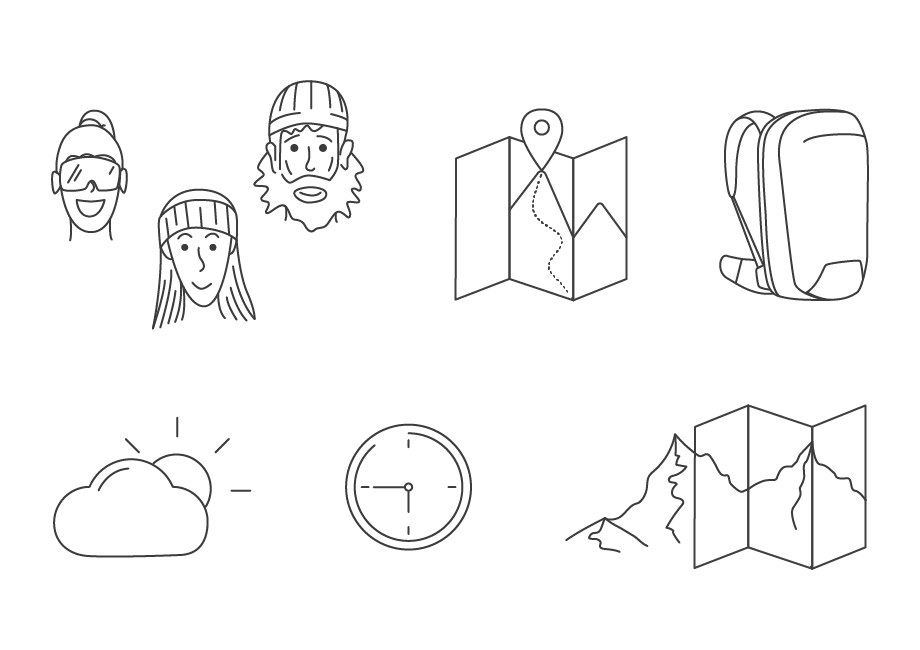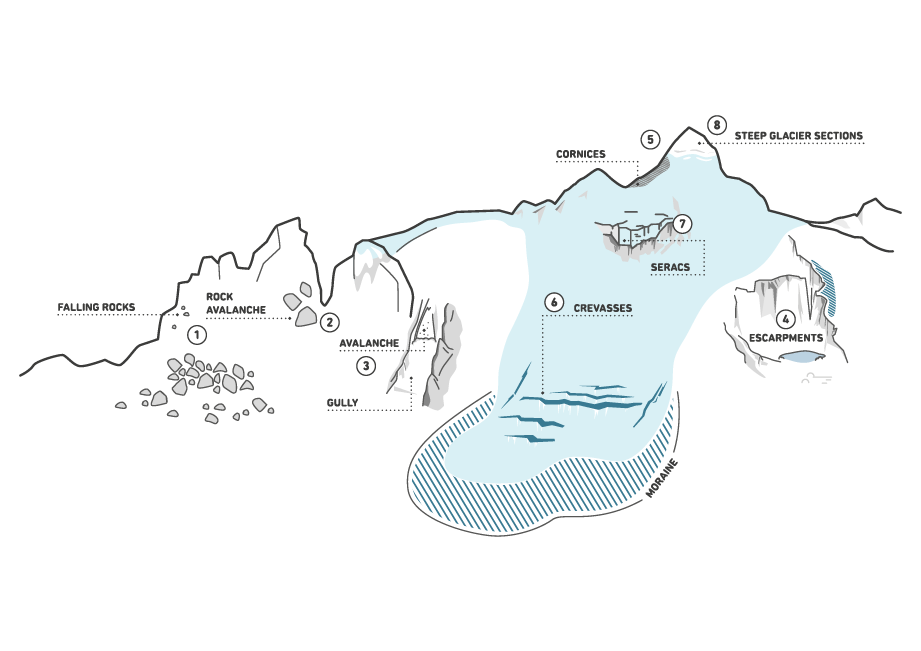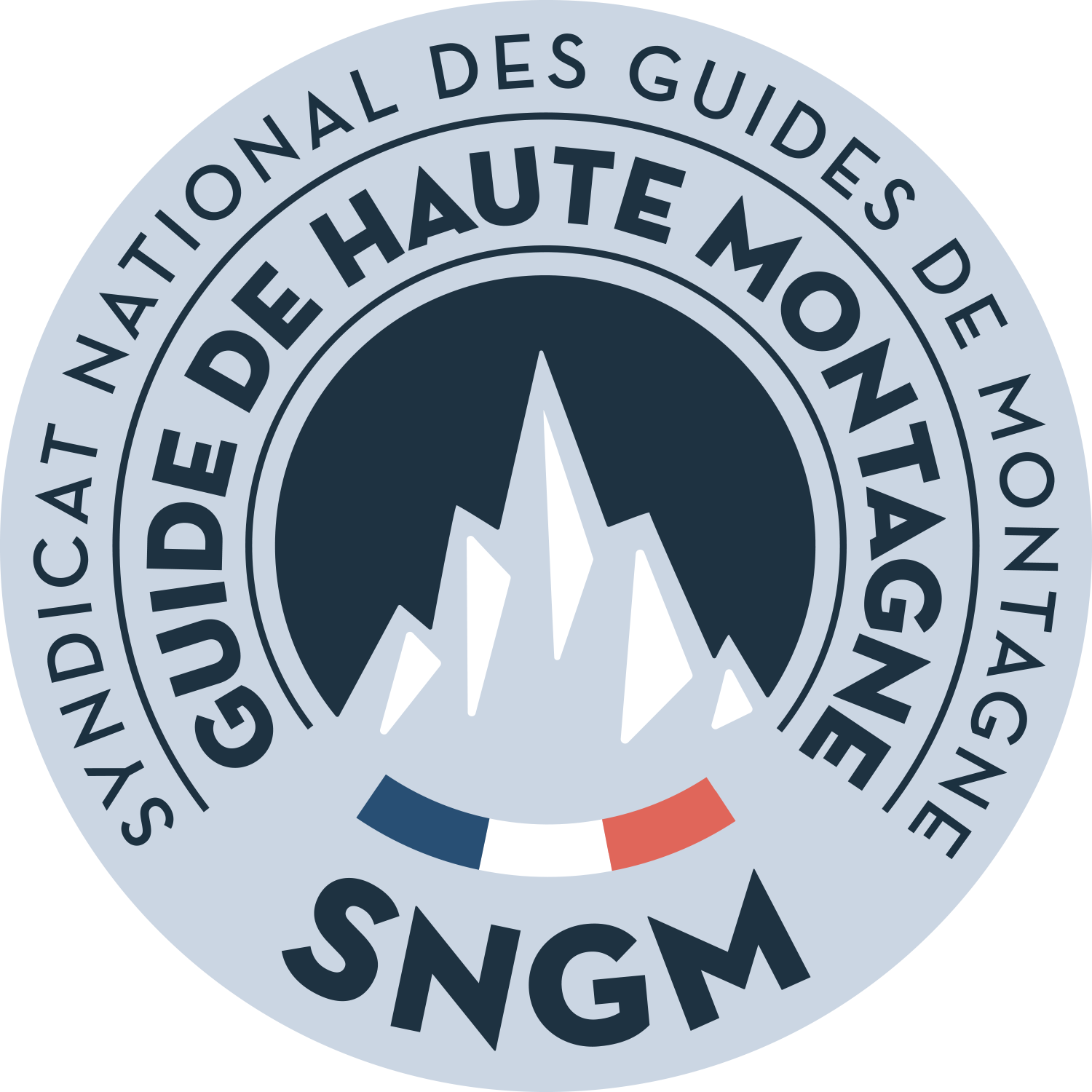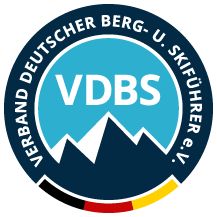

TOUR PLANNING
Follow the weather report carefully – ideally you can also get additional information about the weather and conditions from the locals, for example about increased risk of rockfall or a rock avalanche as a result of permafrost melting. The altitude, weather, terrain and equipment make touring in high alpine terrain much more challenging than “normal” alpine touring.
SAFETY ON ALPINE TERRAIN
TIPS FOR TOUR PLANNING
Always ensure you include weather reports, glacier conditions and weather information from locals when planning your tour. Enquire about increased risk of rockfall as a result of permafrost melting. Due to the altitude and weather involved, any undertaking in high alpine terrain is much more challenging than an ordinary alpine tour. But the rewards are great!
ORTOVOX SAFETY ACADEMY
Alpine methods on glaciers, rock and firn: mountaineering means versatility.
Our new Safety Academy mountaineering courses will get you fully prepared for your next alpine adventure. Our courses will provide you with the knowledge and skills required to safely and independently master demanding alpine tours and easy high alpine tours.
BASIC MOUNTAINEERING COURSE
BASIC MOUNTAINEERING COURSE – training on firn, rock and scree as a basis for mountaineering in the Alps (3 days)
Content includes ascending and descending pathless terrain, elementary climbing techniques, walking on paths secured with wire rope, braking falls in firn, tour planning, material science, knot techniques and nature conservation.
BOOK YOUR COURSEBASIC HIGH ALPINE TOURING COURSE
BASIC HIGH ALPINE TOURING COURSE – TRAVELING SAFELY THROUGH PERMANENT ICE (4 days)
Learning basic knowledge and skills for glacier, ice and high alpine tours, walking safely with crampons and ice axes, fall techniques, the correct way to rope up and handle equipment, and first rescue techniques.
BOOK YOUR COURSE



